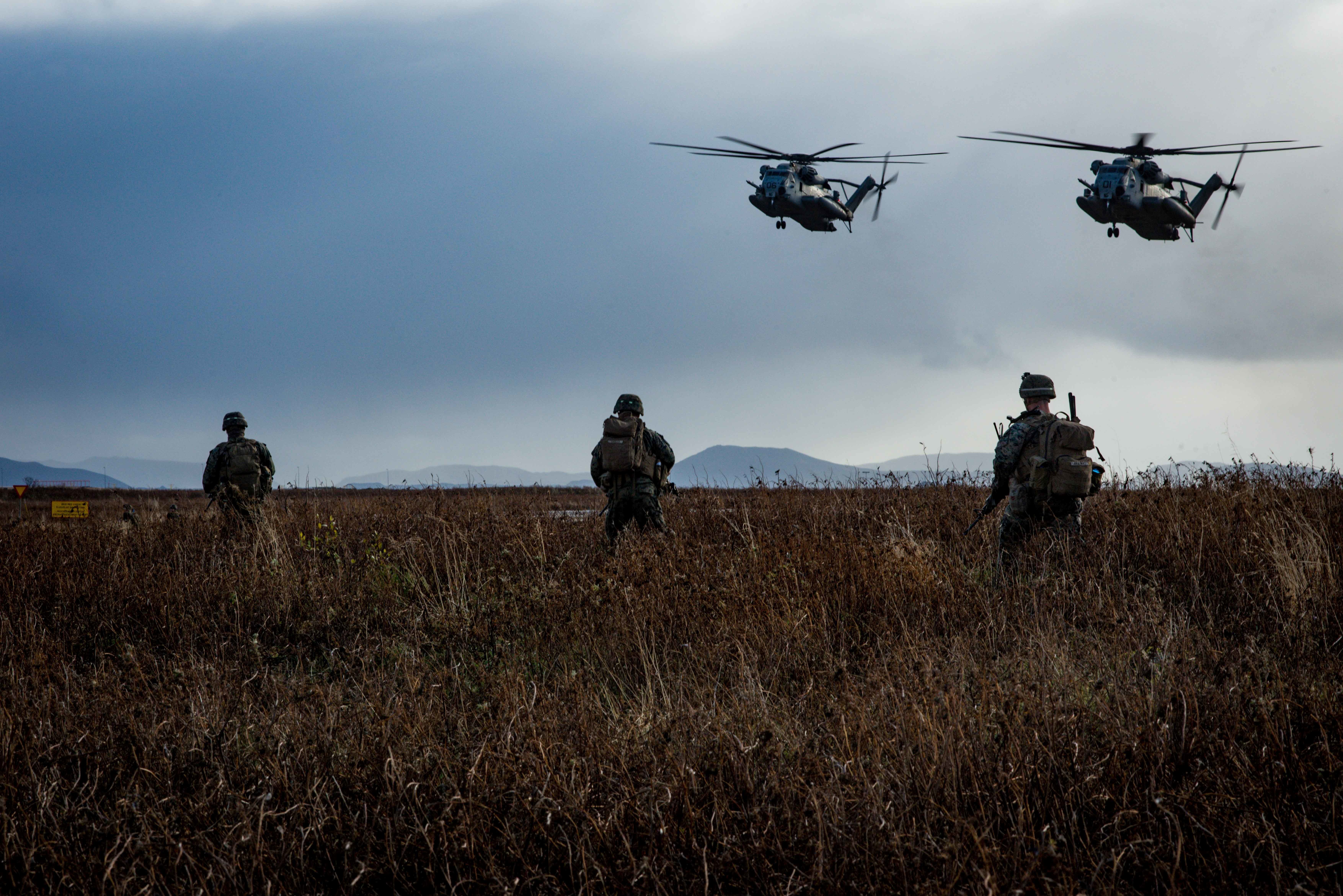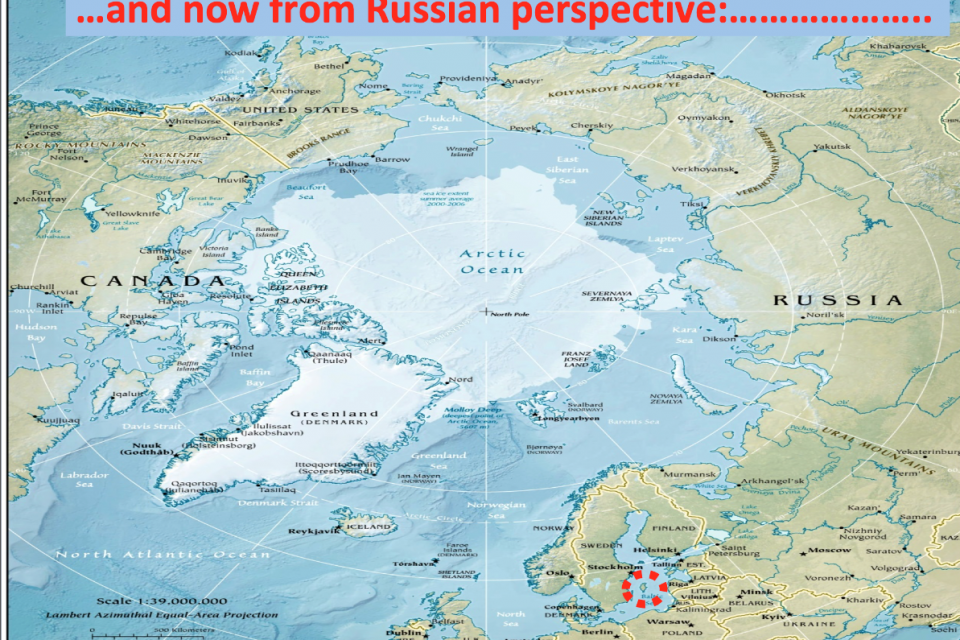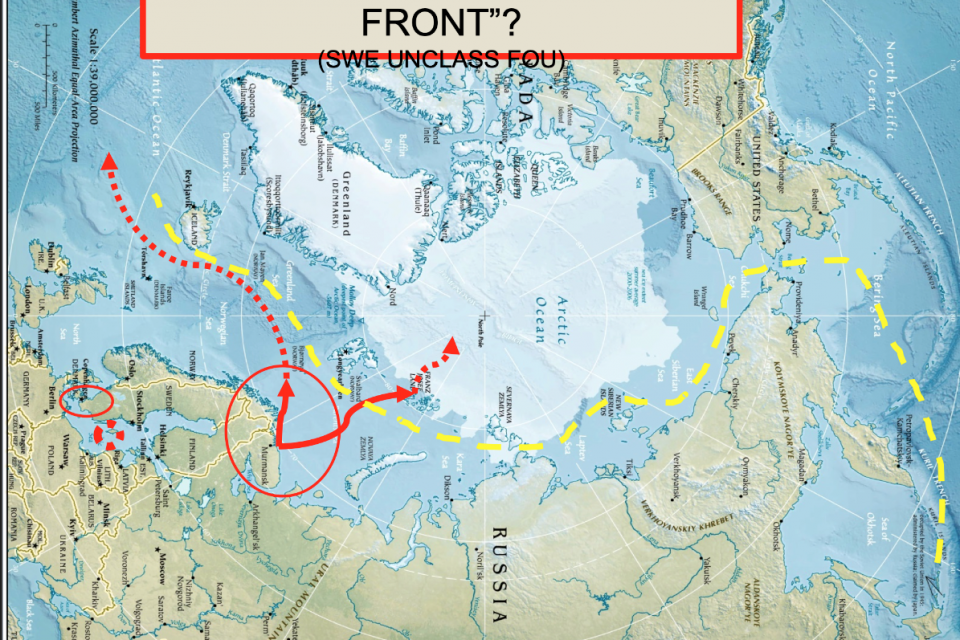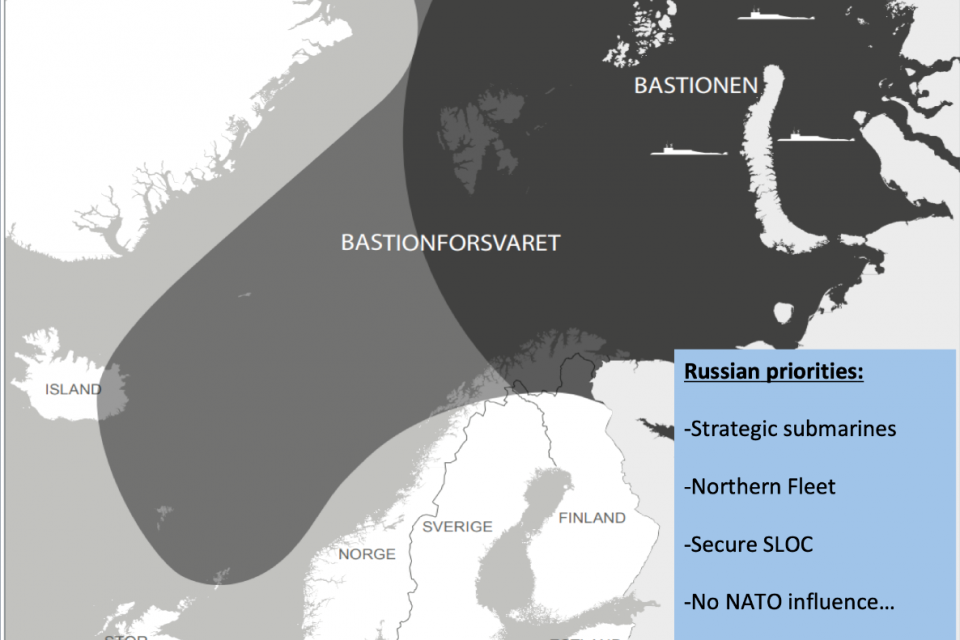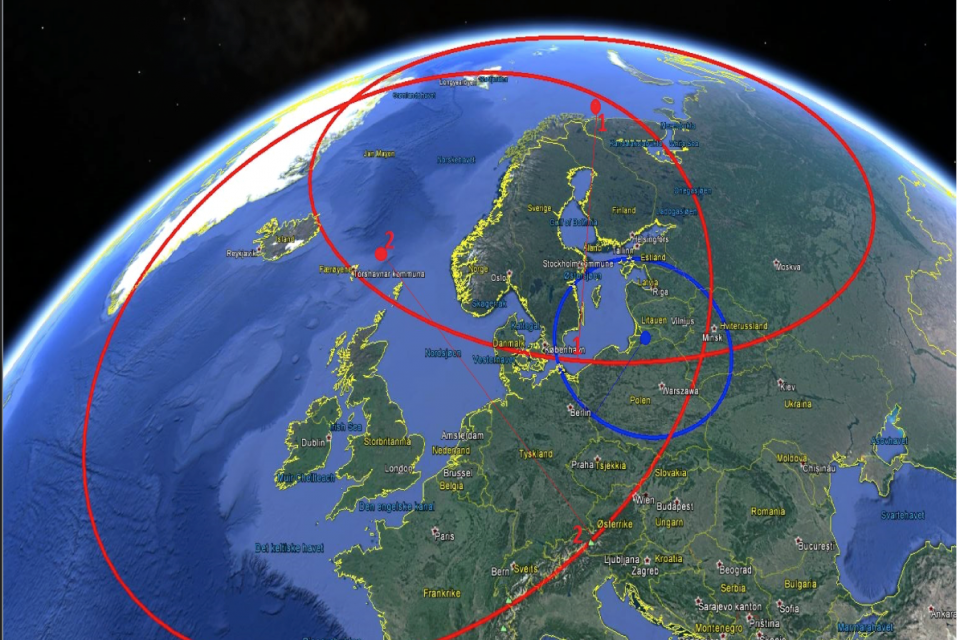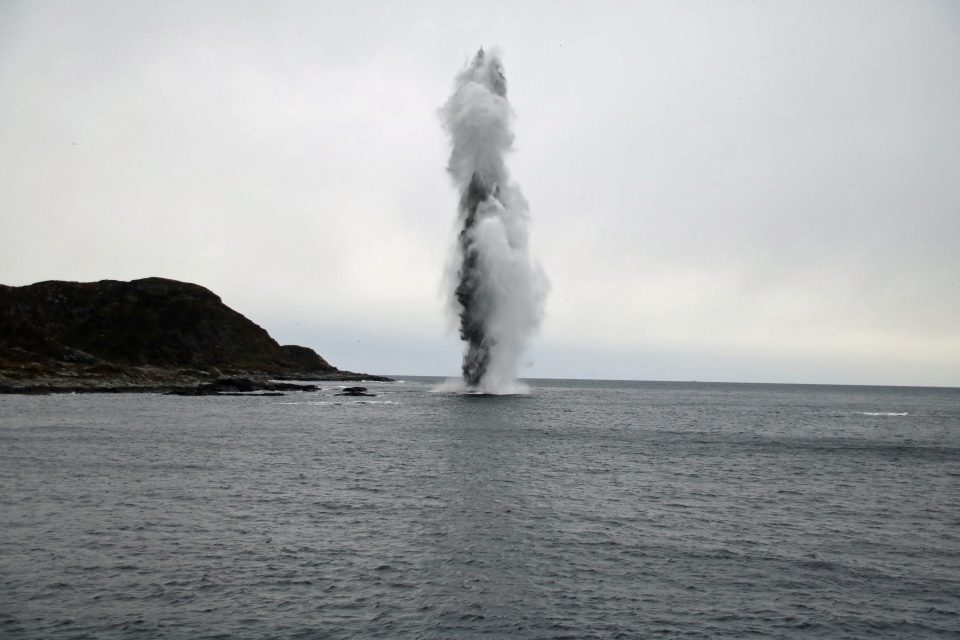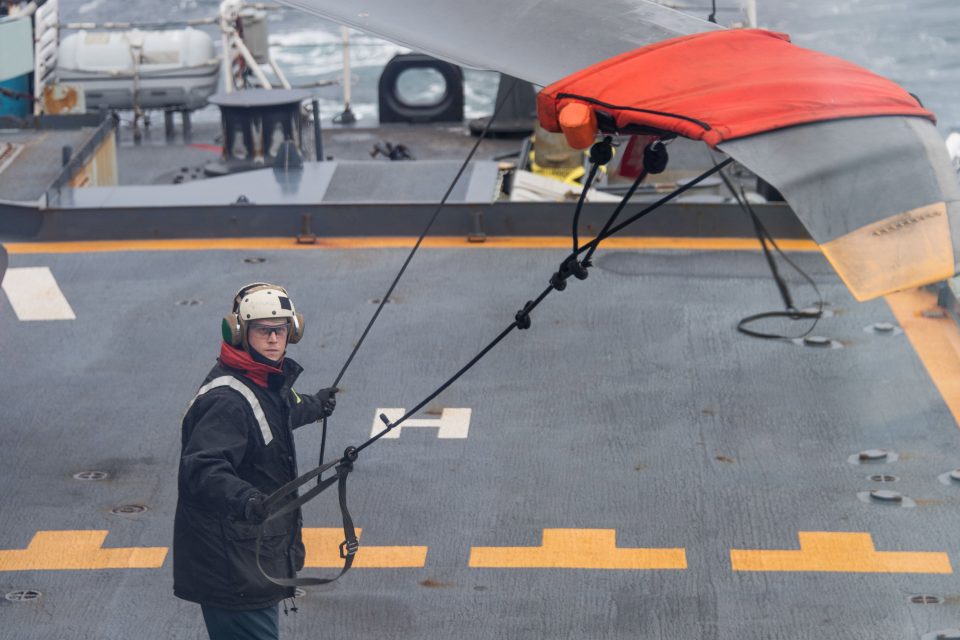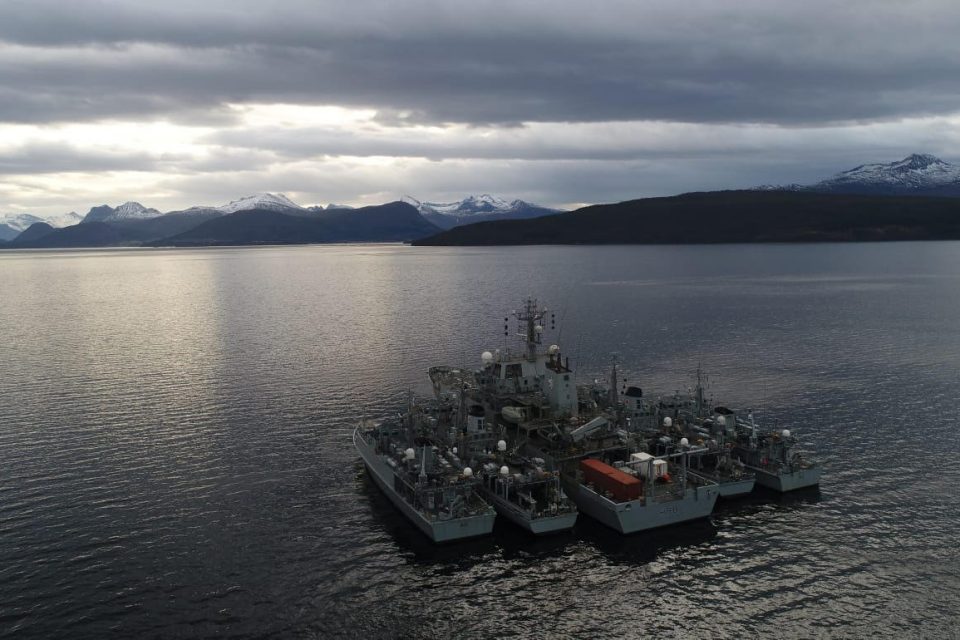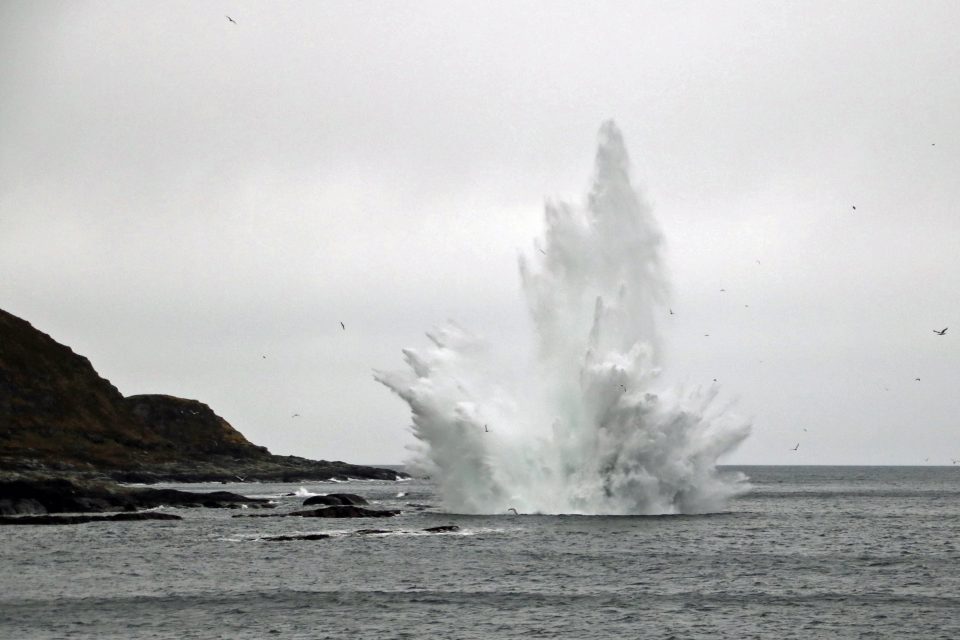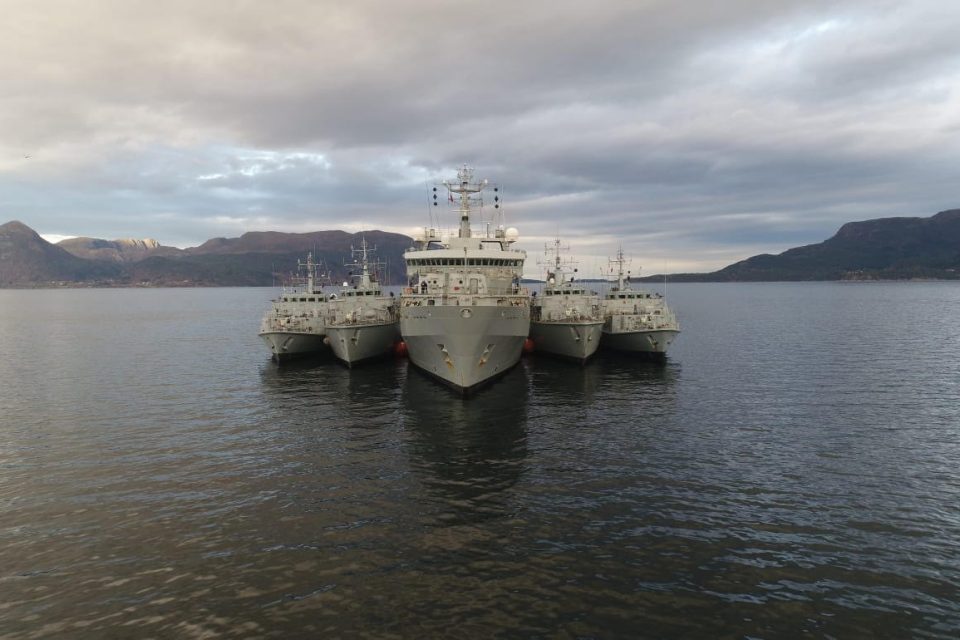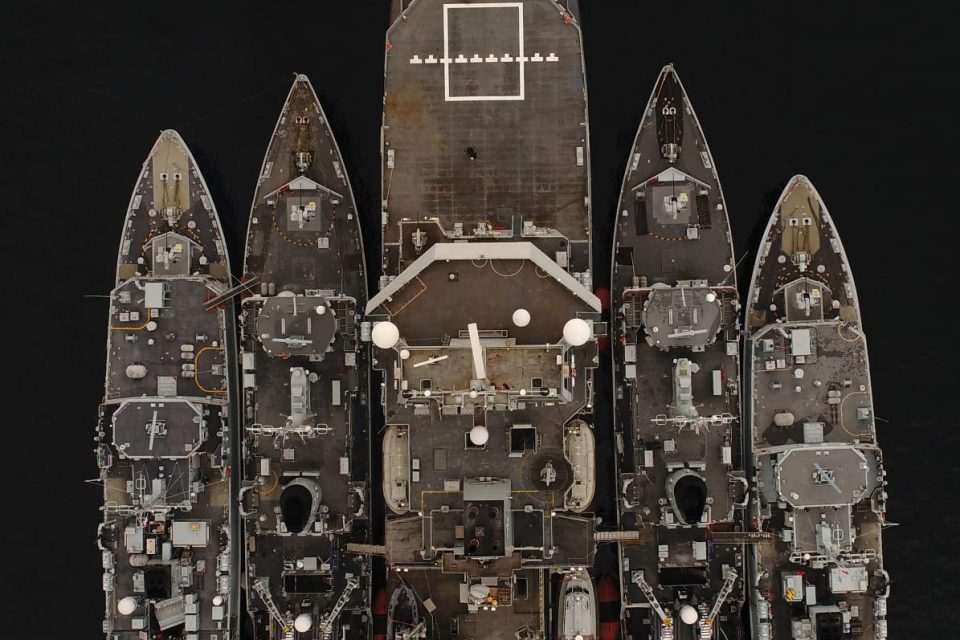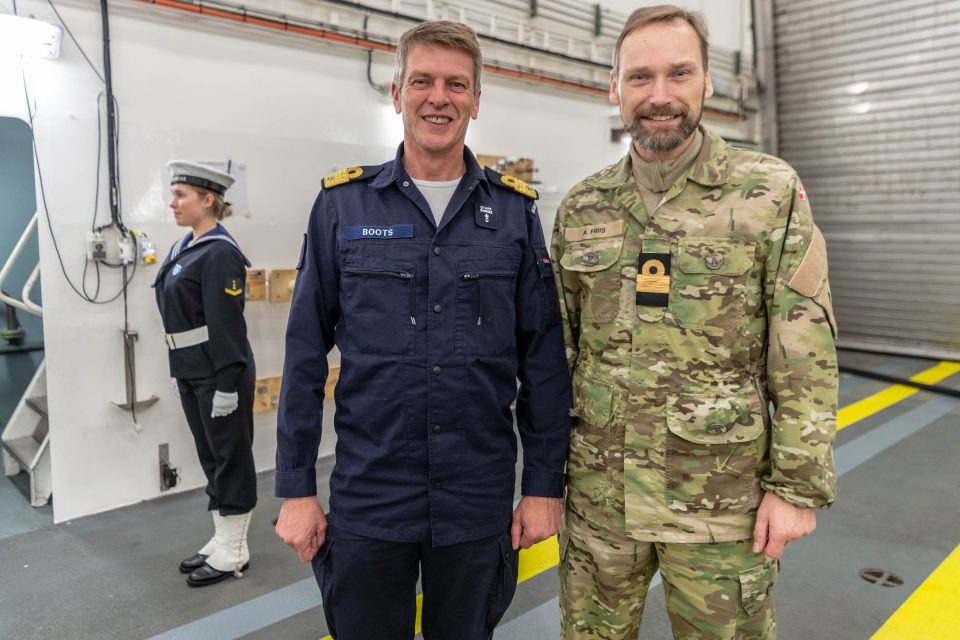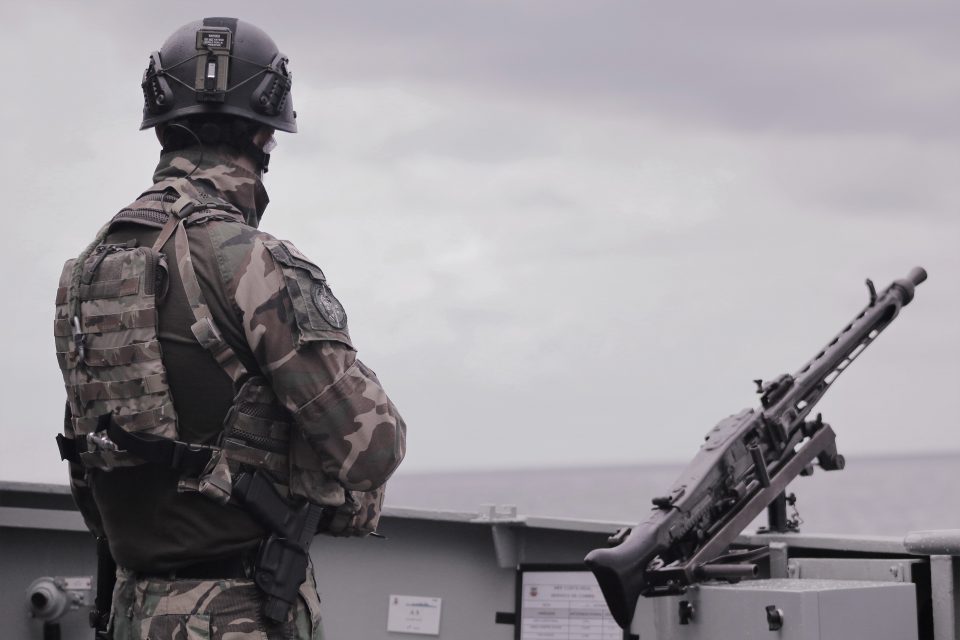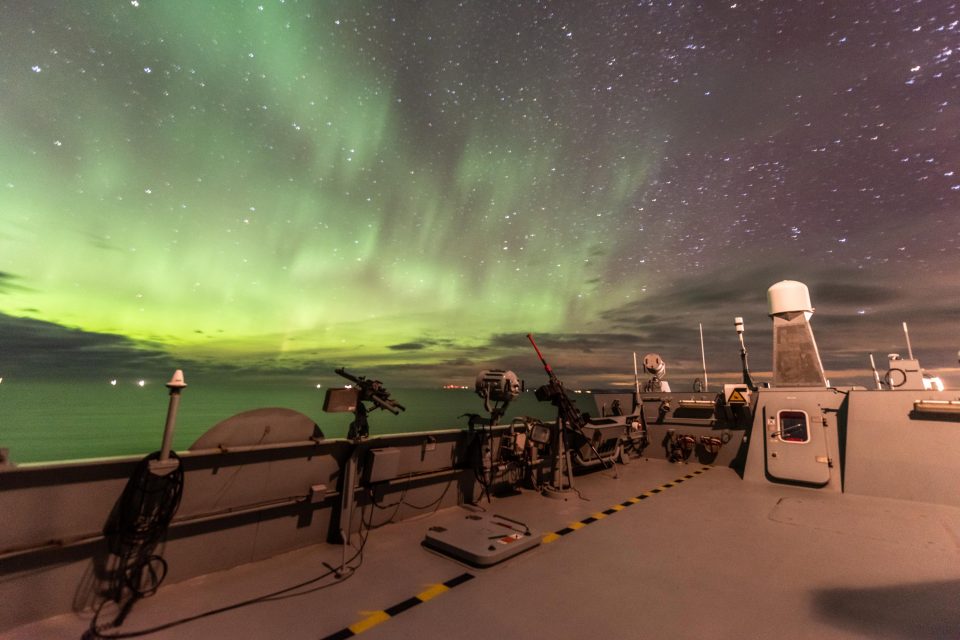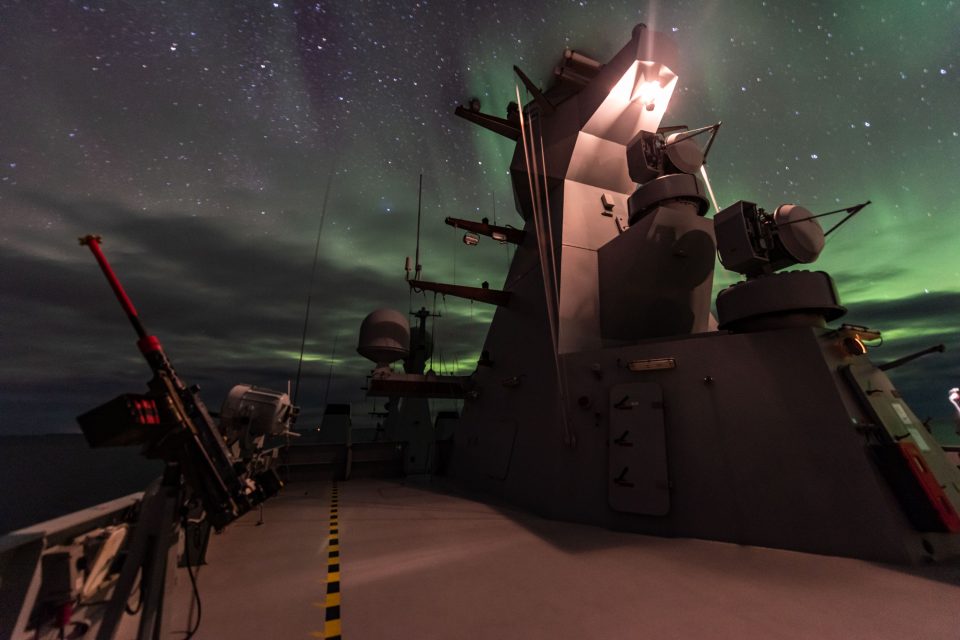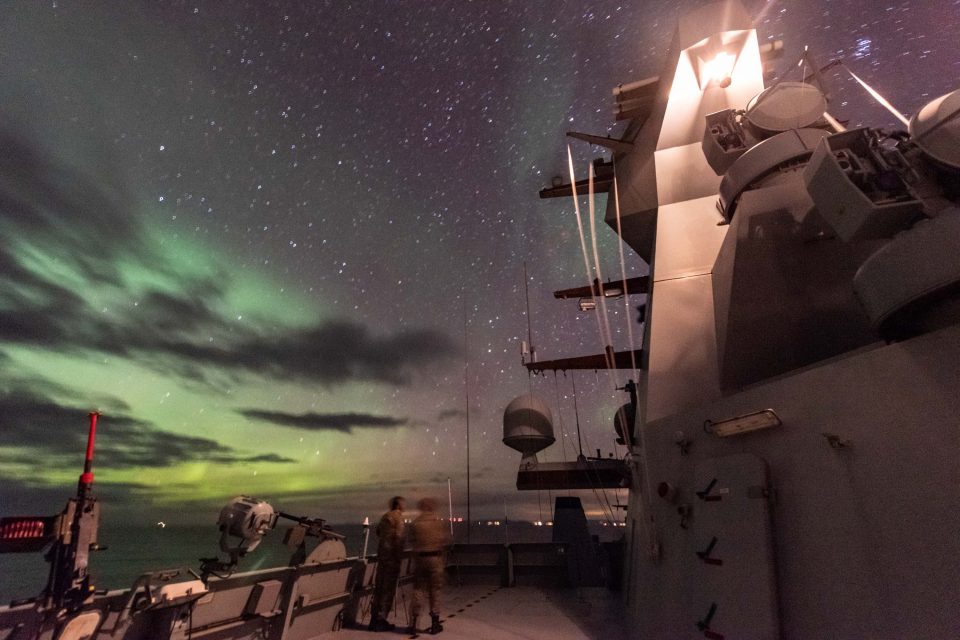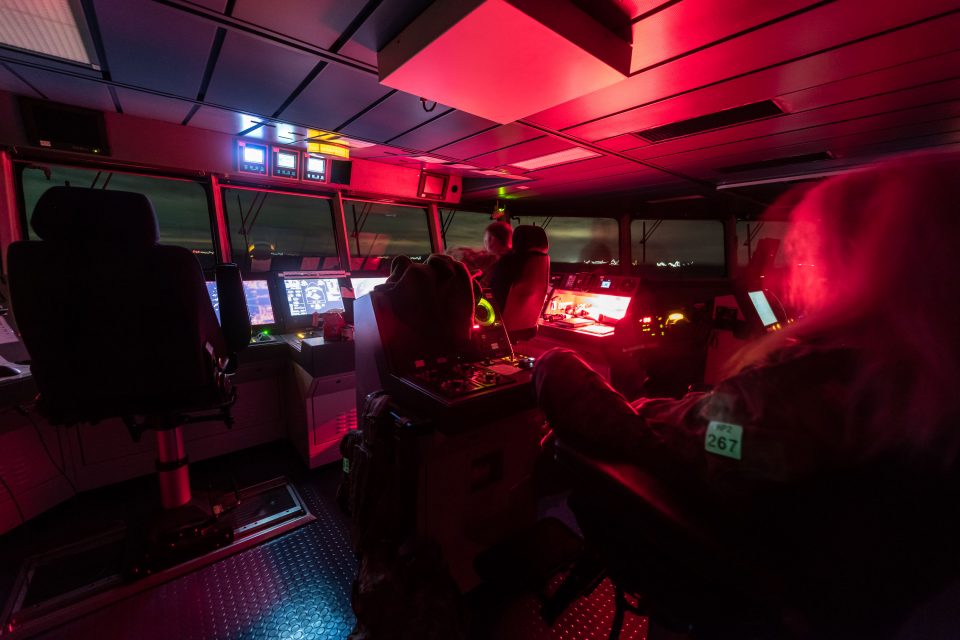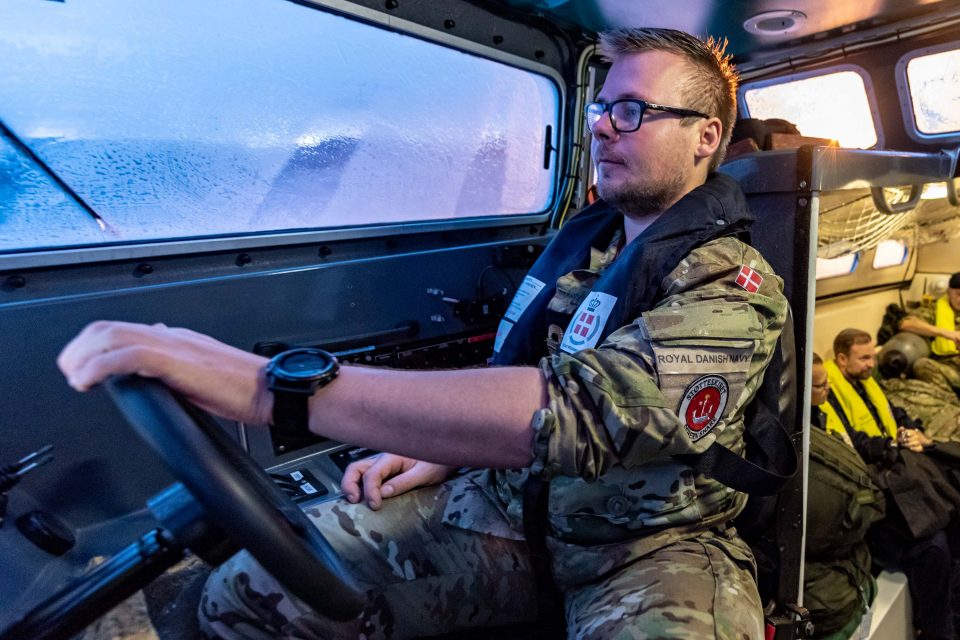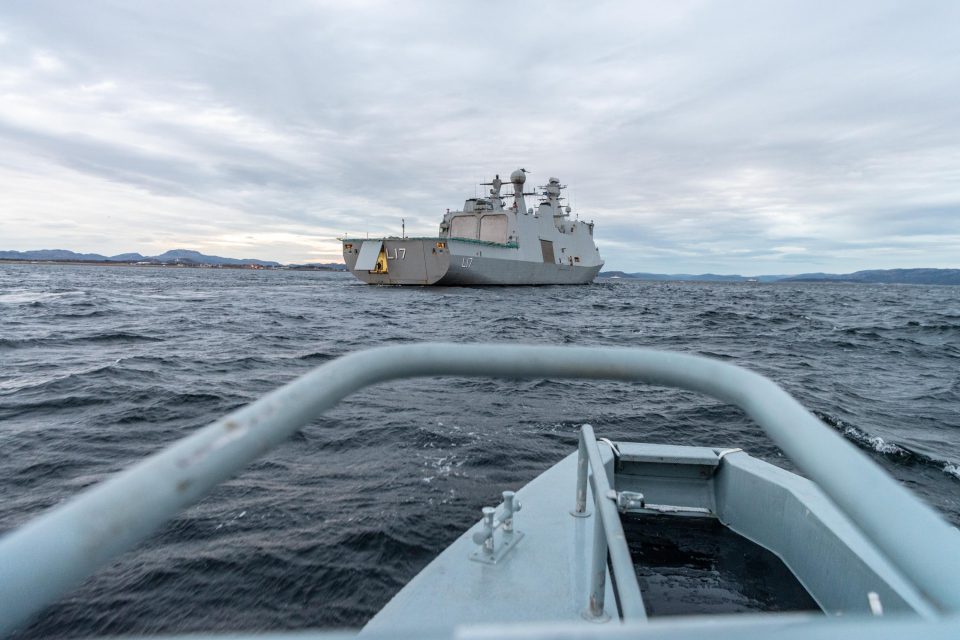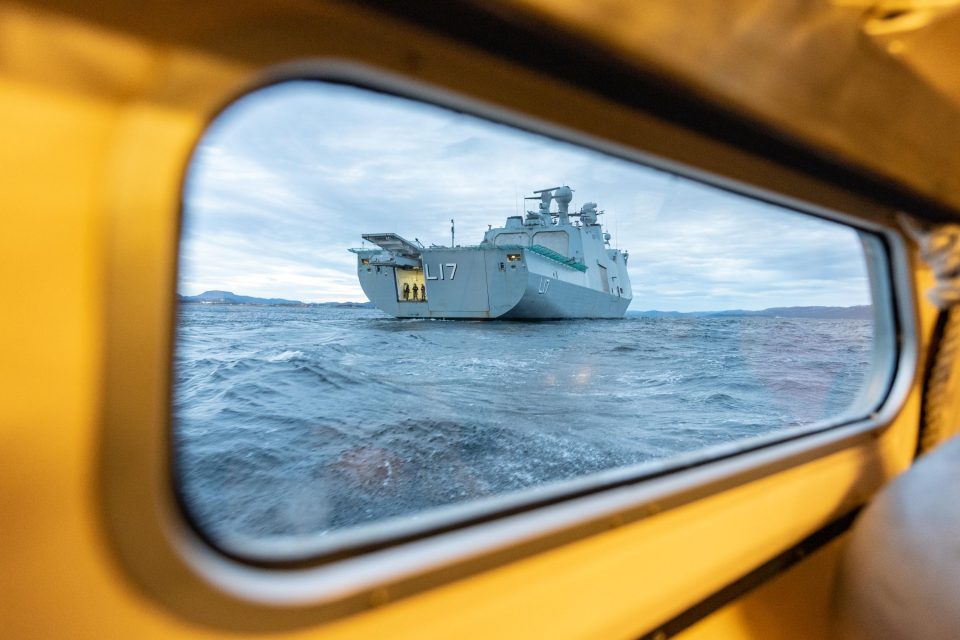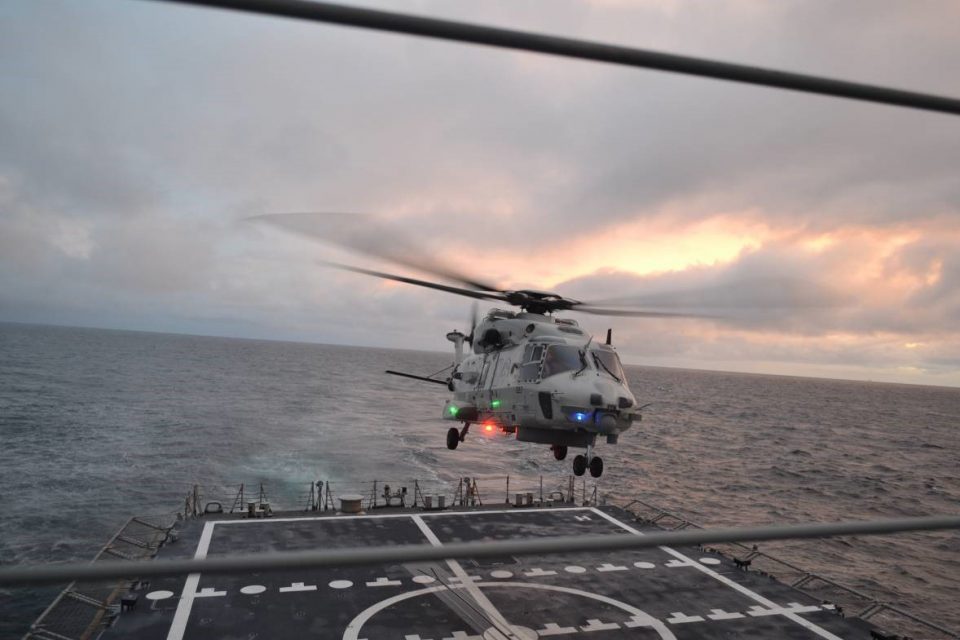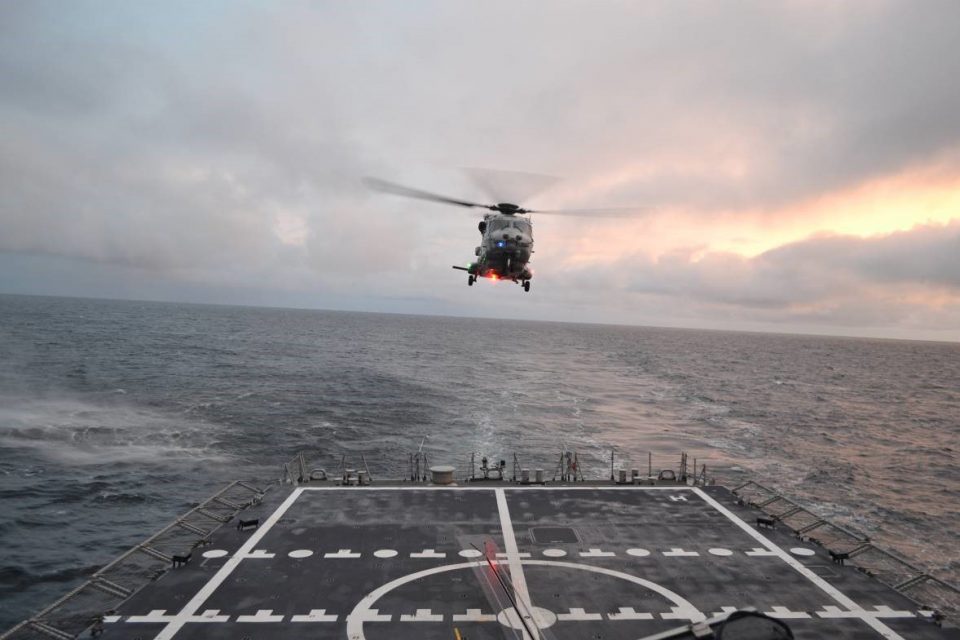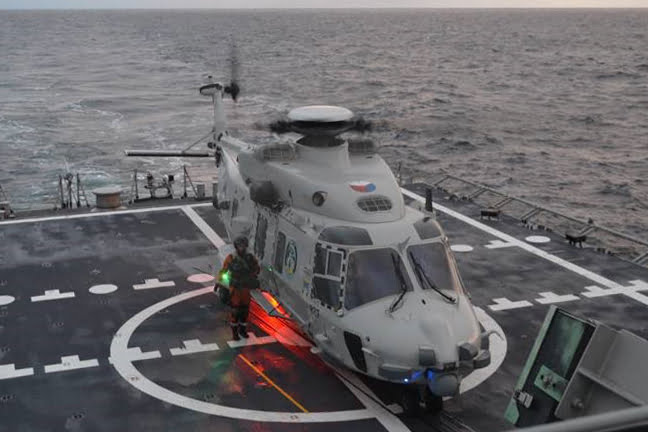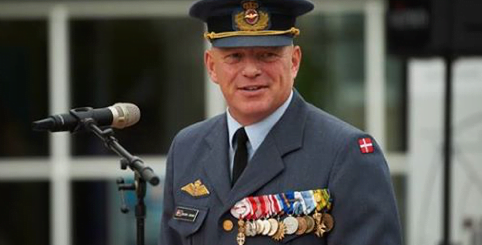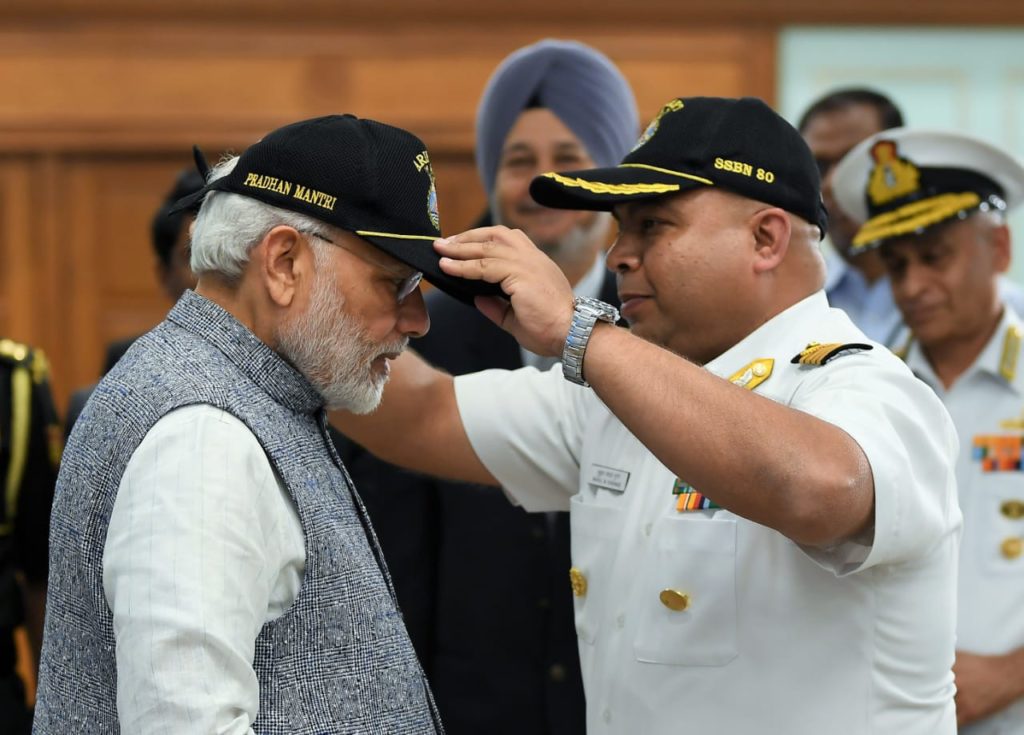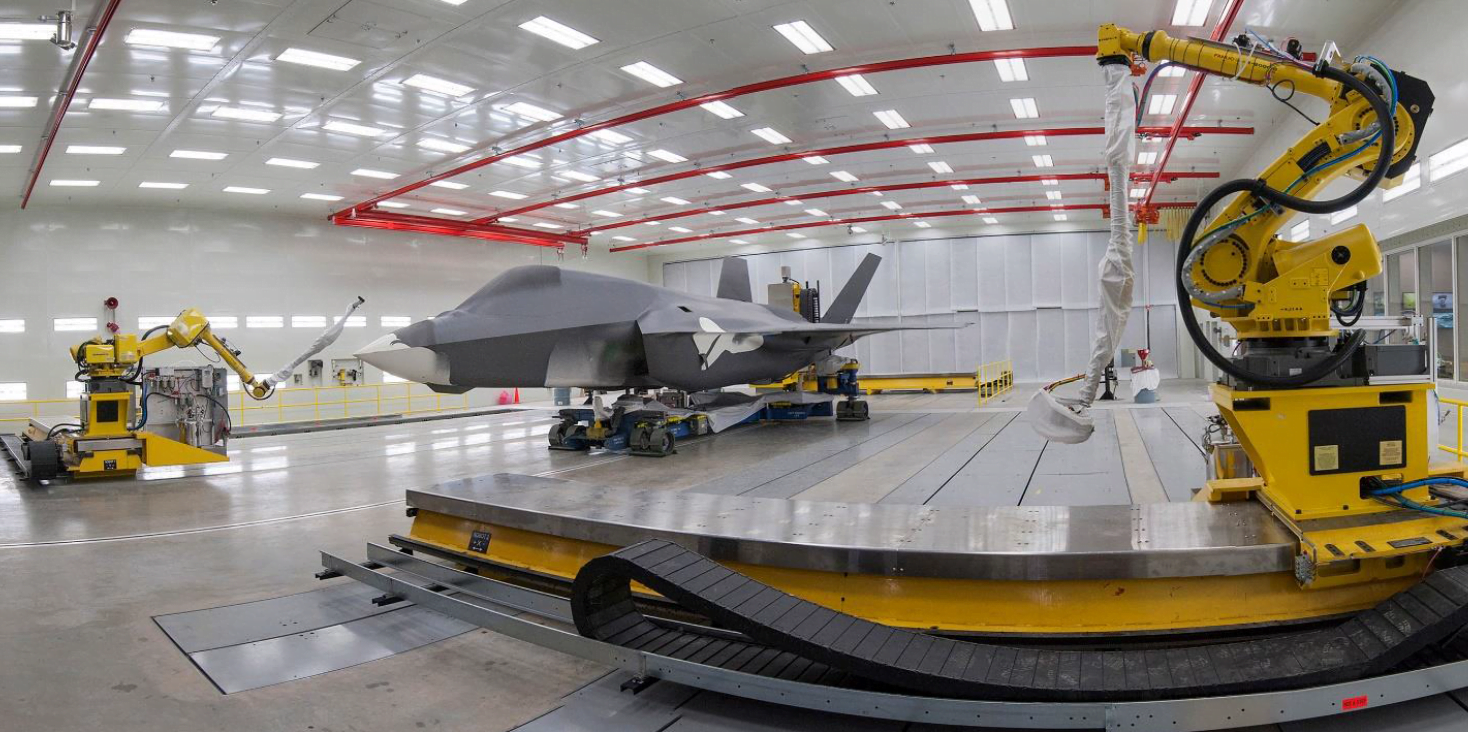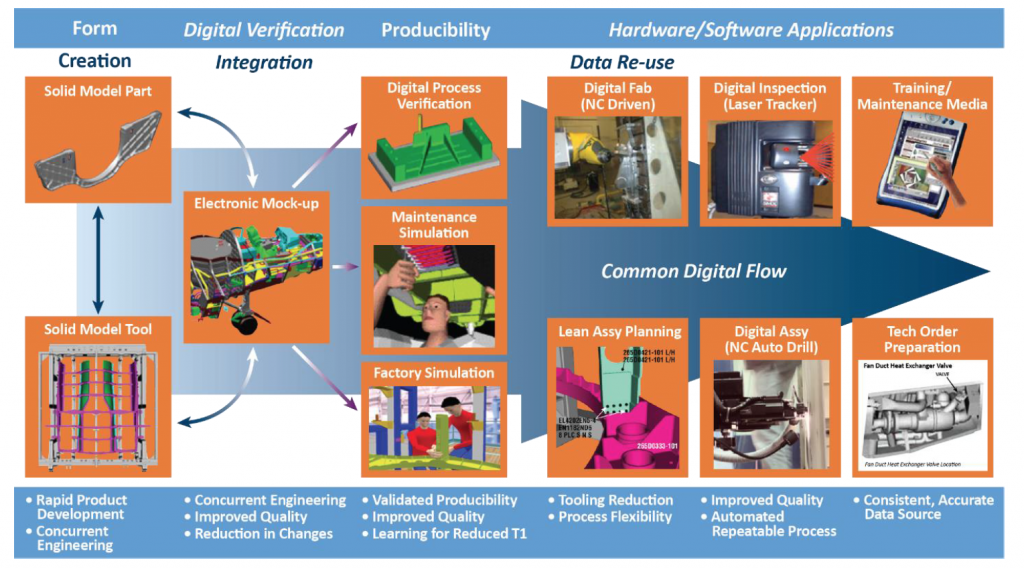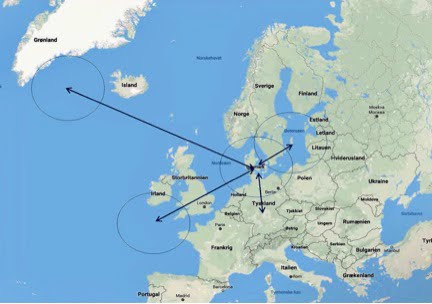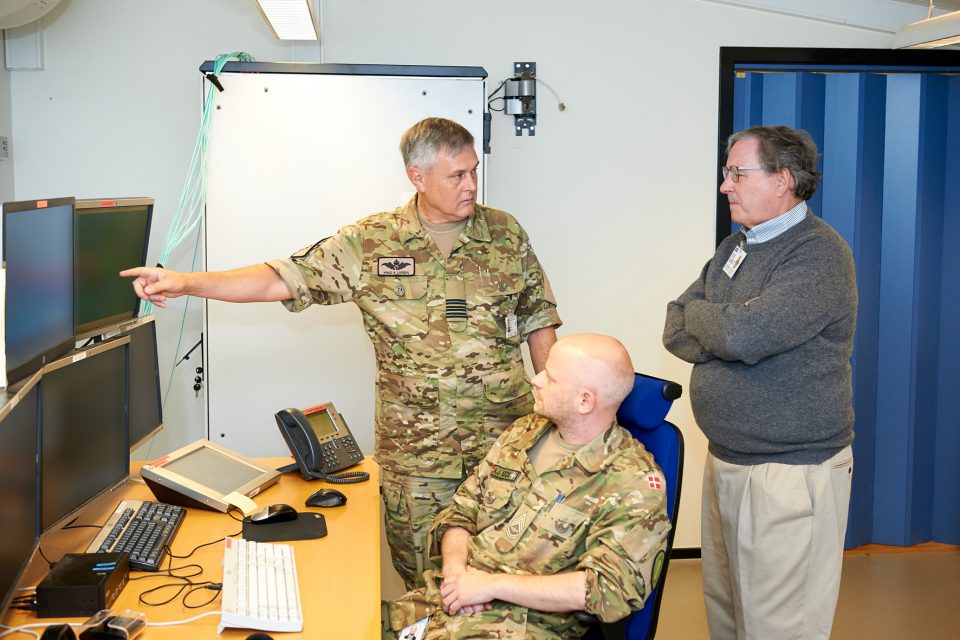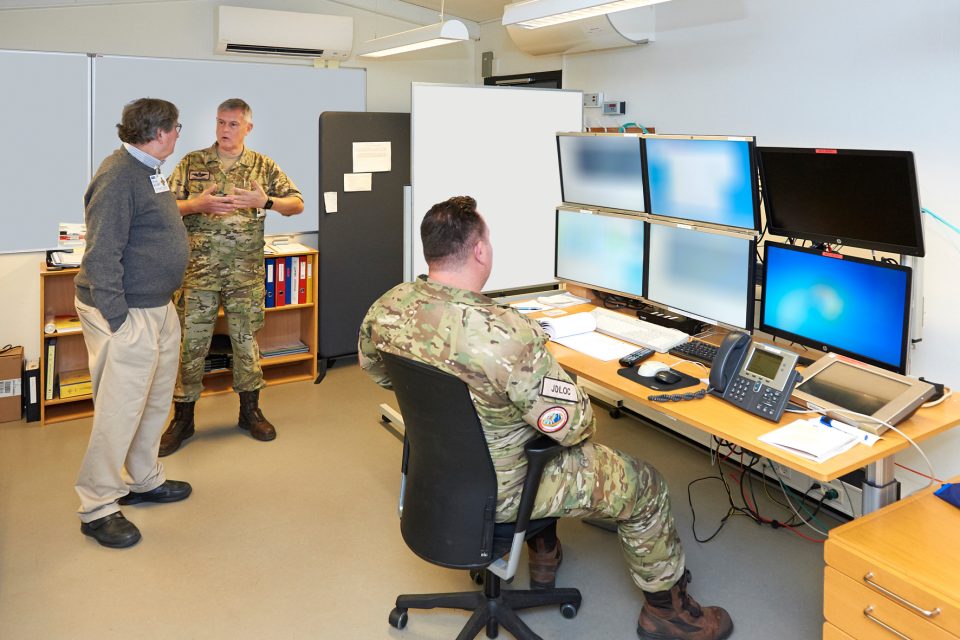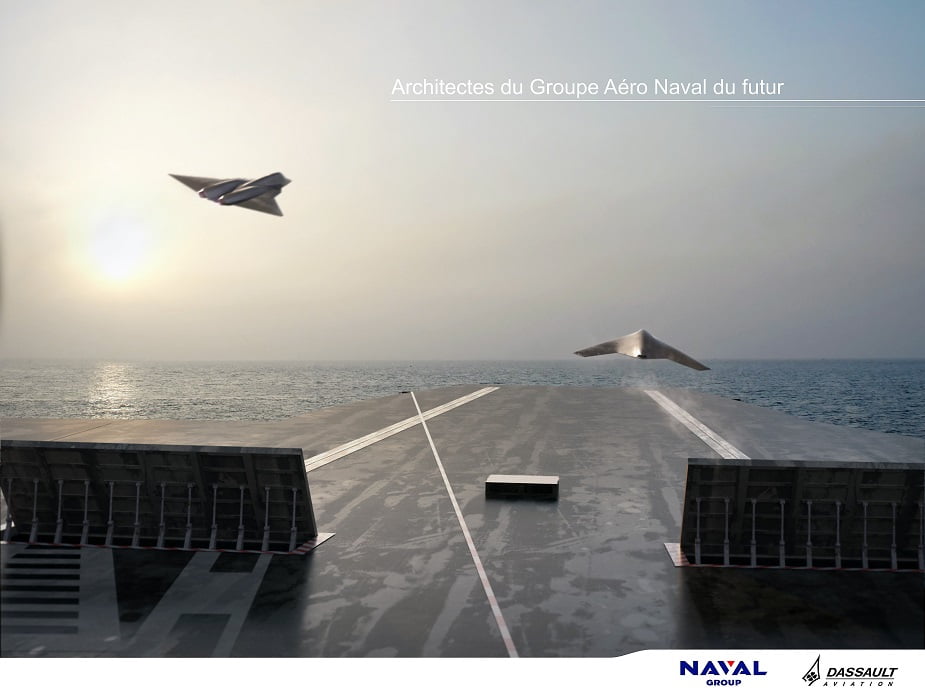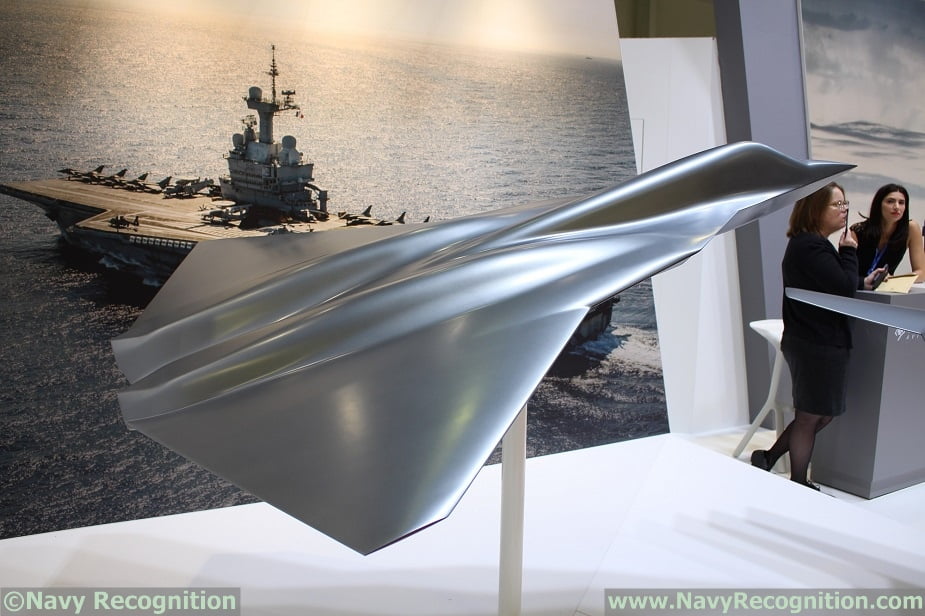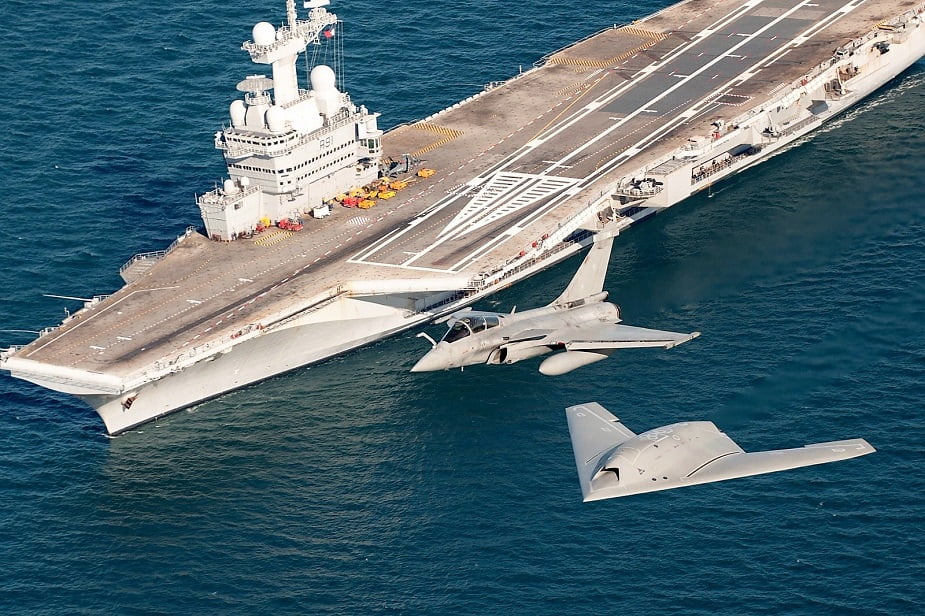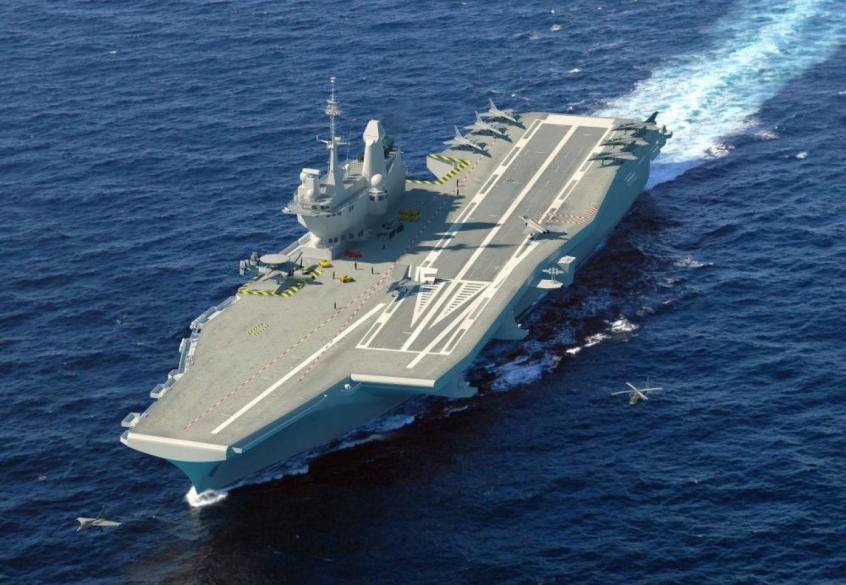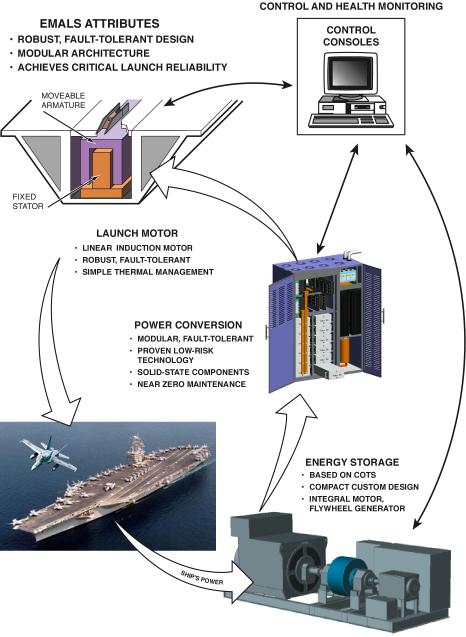By Ian McDonald AM, MSc, DipEng & AVM John Blackburn (Retd) AO, MA, MDefStud
The phrase “5th Generation” (Gen) is often dismissed as just another fad, whilst totally missing the paradigm shift in both technology and operations that is implied or intended by it.
It is envisaged that mature 5th Gen forces will incorporate sensor proliferation across all imaginable spectra, exponential growth in data generation, data fusion analytics and integrated artificial intelligence.
The RAAF is already headed in this direction as it acquires platforms such as P8, JSF, and Triton that are already equipped with multi-spectrum sensors.
Decades ago, United States Air Force Colonel John Boyd developed the model of the OODA loop, the decision cycle of Observe, Orient, Decide, and Act. He noted that in order to win (in combat), we should operate at a faster tempo or rhythm than our adversary’s OODA loop.
This will be a significant challenge for the ADF in the future 5th Gen environment.
The projected threat from ballistic, hypersonic and cruise missiles, for example, will produce time compression and fire control integration issues that will make current OODA loop processes, networks and communications bearers obsolete.
Time Sensitive Targets take on a increasingly new meaning for the future.
The Joint environment, in which the Space domain is now a key fundamental component, also creates a level of complexity as the focus shifts from platform and Service to multi dimensional Joint capability.
A significant challenge faced in thinking about the design of the future force is the technical terminology and language. When we discuss C4ISR networks today, we typically think and act in terms of extant capabilities such as “RF, Link-16, Link-11 and a series of messaging protocols such as J series, K series and VMF formats.”
When we discuss the future 5th Gen force, there are terms such as the “Kill Web” and the range of C2+, ISREW, IFC and IAMD capabilities1
As technology permits, an eventual shift toward IP data is anticipated as it will be essential within a multi-nodal and cross-domain environment. Network proliferation has already occurred with many special purpose applications, e.g. CEC, Special Ops Networks, TTNT, TDL and SINGCARS.2
Network proliferation across multiple communication bearers, nodes and protocols will continue but in a 5th Gen environment greater focus will likely be on the Common Operating Picture and the tactical subsets of the “Recognised Air, Land and Maritime Pictures” to enhance situational awareness. These will be focussed on the Boyd OODA loop and execution of what has been described as a multi-nodal “Kill Web” environment.
We will now try to minimise the technical terminology for the remainder of this discussion.
What is the current vector?
The RAAF’s Plan Jericho noted that RAAF members cannot be complacent in thinking that simply by having the F-35A aircraft the RAAF have a 5th Gen capability 3
It highlighted the need to think about how the RAAF employs air combat forces as a system of systems. The Plan foresaw that the operating environment will be increasingly complex, with high volumes of rapidly produced data moving along contested lines of communication to challenge our decision capacity.
In order to exploit new capabilities and win in challenging operating environments, it stated that the RAAF needed to transform along with the wider ADF into an integrated, networked force.
The Joint Plan Aurora is intended to implement joint “Integrated Force Realisation” targets and to drive C4ISR Architectures, Standards and Goals.
However, it is still in its embryonic stage and apart from a short brief given to industry in May 2018, there is, as yet, little detail in the public arena apart from a PowerPoint slide pack.4
What is anticipated in this future 5th Gen Force is that large volumes of fused / correlated data / information will require a significant increase in classified network bandwidth and network complexity as new sensors and platforms are acquired with increasing integration demands resulting from capabilities such as CEC and IFC.
The ADF will need a system comprised of interconnected and interoperable legacy and 5th Gen systems, communications links, IP based networks and waveforms within an ever growing cross-domain environment.
It has become evident to the US Armed Forces that a major impediment to multi domain operations is their existing, disparate, communications and information networks.
Commentators have noted that the US has magnificent platforms but that it needs an integrated communications architecture and networks; in other words, a system of systems level approach is needed.5
A recent Air Force Times article also concluded that the US military isn’t quite at the point of the multi-domain command and control capabilities that are envisaged by General Goldfein, the USAF Chief.6
General Goldfein highlighted the example of how military forces could connect in the future via systems being built by private industry, such as the space-based internet framework.
This capability will provide multiple, independent, pathways that could be used by the military for communication and information networks, whilst increasing the cost and effort of interdiction by an adversary.
The impending change in force architecture is also evident in the proposed USAF Advanced Battle Management System.
In September 2018, Aviation Week & Space Technology (AW&ST), reported that the implications of the demise of the J-Stars recapitalization program are becoming clear and that the pending retirement signals a fundamental shift in acquisition and operational strategy.7
Instead of concentrating a critical sensor and battle management centre on a single platform, the distribution of such capabilities across a resilient and adaptable network, consisting of multiple, smaller platforms is envisaged.
The article noted that the USAF’s Next-Generation Air Dominance program could follow a similar model.
If battle management is to be performed by a network of platforms, then there will need to be an communication and information network that will integrate multiple platforms and systems that were not originally designed to communicate with one another.
These nodes on the network will need the processing power to correlate, fuse and even store the streams of data.
In public discussions in Australia about a 5th Gen ADF, future force characteristics /attributes that have been postulated include:
- A design tailored for 5th Gen Battle Management role with functionality to maximise effect of 5th Gen capabilities.
- Centralised Command with Distributed Control using Distributed Control /Communications Nodes.
- Redundancy and resiliency by design through duplication of select functionality across the Nodes.
- Open and standards based architectures to support rapid upgrade / adaptation.
- Fusion where appropriate / possible.
- Integrated cyber protection.8
- Sensors integrated as a part of a broader “sensor mesh.”9
- An ability to operate in both legacy and future Concepts of Operations (CONOPS.)
The transition to such a future force design has profound implications for Defence communities.
For example, AW&ST reported that Will Roper, the Assistant Secretary of the (US) Air Force for Acquisition, is considering creating a new function of a “systems architect.”
The systems architect will approach the program with a system-of-systems mindset, shifting requirement sets between different platforms within the overall system as necessary.
Such a function is not just the purview of the acquisition community; in the case of Defence in Australia it should be a VCDF Force Design function
What is the problem in Australia?
The journey to transform the RAAF, and the wider ADF, is underway and the implications for how we will network, integrate and operate the 5th Gen force are fundamental.
Existing Defence information networks in Australia have historically been driven by a platform-centric culture with incremental acquisition or upgrade of capabilities.
Joint integration has only been a relatively recent requirement driven by the latest Defence White Paper and encapsulated in plans such as RAAF’s Plan Jericho, Joint Plan Aurora and Navy’s Plan Pelorus.
The “as is” reality within the ADF is that there are a multitude of information networks in operation with a number of network managers effectively managing them in isolation, despite the intent of the First Principles Review to establish integrated organisational structures.
The considerable management overhead costs that result could not be described as either efficient or economical.
The “as is” structure also results in the “as is” network design being prolonged. Projects such as Air 6500 (IAMD), Air 7000 (P8 and Triton) and Air 5077 (AEW&C) will confront the “as is” network barriers of limited connectivity, bandwidth, temporal sensitivity and resilience as they try to identify alternate data paths in a contested, congested and denied operational environment.
Defence lacks a “systems architecture vision” with the result that the existing infrastructure is not a good foundation upon which to build the 5th Gen communications and information networks that will be needed in the near future.
System of systems integration across a Joint environment is not a capability that can be bought off the shelf, it has to be purposely designed, tested, certified, accredited and maintained through life as a weapon system in its own right.
It requires legacy capture and management along with constant, ongoing, transition to 5th Gen and beyond.
The current fragmentation of the design of information components across the Services and Groups, which effectively falls to individual component levels, also has an adverse effect on Industry where expertise is developed and maintained at the project delivery level, rather than on the overall system of systems that needs to be integrated for the Joint environment.
The lack of a “systems architect vision” and an integrating design authority for all of the Defence communications / information networks also results in confusion when new project staffs attempt to identify how their system will be connected and supported.
Compounding this issue is a general lack of integrated “system of systems” design experience in Defence as a result of a historically focused approach of platform-centric design; frankly, the system of systems integrated approach wasn’t really a requirement until the last decade when a Network Centric Warfare model was adopted.10
Defence acquisition processes are likely to remain project focused in the absence of a comprehensive system of systems level architecture vision and architects who bridge the conventional systems engineering and information management boundaries.
As the ADF transitions to a 5th Gen platform/systems-equipped force over this next decade it will need a 5th Gen information systems design.
Discussions with some Australian systems engineers suggest that “networks” as a term will become obsolete.
Nodes, communication bearers and protocols will become the focus as a 5th Gen “Information Management Environment (IME)” is designed and built to handle emerging 5th Gen operational requirements.
Networks will be the transportation layer or grid in broader 5th Gen IME with data, information, knowledge and insight across the Joint environment being the primary requirement .
The need for the future CONOPS discussed previously is emerging as one of the main roadblocks to realising a 5th Gen Force in Australia.
The development of such a force level concept is a complex undertaking which has not been achieved to date despite a number of attempts; it is a key missing piece in this 5th Gen puzzle.
Much of the work effort today related to communications and information networks is focused on the current CONOPS and, at the technical level, on the mapping of the complete “as is” state within the ADF across IP and non-IP based systems and communications infrastructure in order to develop an Integration Interoperability Framework.
The present technical architecture focus on the “as is” state is commendable; however, it may remain constrained to the current state, as a technical architecture for a 5th Gen Force cannot be started until a future operational architecture, based on a future CONOPS, is developed.
This is not an engineering design issue, it is an operational design issue.
How could the ADF move from a legacy infrastructure to a future 5th Gen IME infrastructure?
The existing stove piped model of networks creates bottlenecks for the passage of essential, time-critical information and will also constrain the passage of that information to a number of limited bandwidth classified pathways.
Changes in technology of networks suggests that we need to look to innovative industry developments and how they could support a new IME architectural approach. There is an opportunity to rethink the problem by using a broader framework than that used to acquire the component parts to date.
This will however require a change in thinking and therefore culture. Emerging technologies offer numerous options to consider; today’s commercial infrastructure connects us in our everyday lives and we take for granted the bandwidth and the ability to have video calls across the globe, yet we struggle to achieve that connectivity and resilience with our military systems.
The technology developments discussed earlier, such as the space-based internet, should come to market in the near-to-mid term. In addition, multi-link broadband communications systems, that can create IP based relay networks across air and surface platforms, will provide resilience through multiple link pathways that are not satcom dependent.
The major impediment to the use of such diverse pathways by the military to date has been that of security. A technology example that could also help reframe our IME design in this case is the potential to move encryption from the existing network level to the node or component, which could in turn permit the use of multiple, independent, commercial, as well as military, pathways for communications and information. This could improve the ADF’s overall capacity and operational resilience in that the use of multiple pathways would significantly complicate an adversary’s interdiction task.
A move to encryption at the node or component level may also offer innovative methods of cross-domain data sharing.
Some of the technologies discussed are in use today, are becoming more affordable and have been, in a number of instances, developed by Australian companies. For example, IP-based communications capabilities are being deployed for parts of the ADF and advanced encryption technologies are now used in Defence to support mobility of individuals / teams that can utilise civilian unclassified networks for the transmission of high-classification data.
What is needed is to take technologies currently focussed on parts of the ADF or on individual mobility and apply them to the whole of force level under an integrated design and architecture.
A significant challenge that will need to be addressed is an organisational one.
A 2017 report on Integrated Air and Missile Defence, by one of the authors of this article, concluded that Defence cannot build and operate an integrated force using business models developed for acquiring stand-alone, stove-piped capabilities.
Despite the original intent, the Program structure developed under the First Principles Review was not resourced adequately and did not result in a business model capable of supporting the design and development of an integrated force. It is time to face up to that reality and address the shortfalls.
This latter statement is in no way meant to denigrate the good work being done by many individuals within Defence today; however, their work is significantly constrained by the current business model.
For example, an integrated force design cannot be developed using only internal Defence staff resources. It is a complex task that needs a diverse and highly experienced team with the pooled expertise of Defence personnel, Defence Industry, Commercial Industry, Academics, Scientists and domain experts. There is apparently no mechanism or funding at the strategic level in Defence to create such a team.
The vast majority of funds available to engage Industry are in the acquisition organisation, allocated by Project, and cannot be used to fund the engagement with industry to design the force at the Program level. Simplistically, Defence can expend funds to study project level specifications but not for the integrated design of the force.
Surely it is smarter to expend some funds up front in the program design phase to avoid repeating the project level mistakes of the past and to better prepare the ADF for a 5th Gen future?
Next Steps
With the foregoing discussion on the problems and the opportunities as background, the following are some suggestions for consideration:
The design of the 5th Gen IME is not an IT issue that can be delegated to the CIOG or an IT contractor; it is the foundation of the future 5th Gen Force and it requires, as a first step, the development of a future CONOPS.
It is a whole of force design issue and as such it should be under the direct control of the VCDF.
The lack of funding for engagement with Industry and a wider range of domain experts must be addressed and a mechanism created to build an integrated design team. A mechanism that could be considered is an adaptation of the Rapid Prototyping, Development and Evaluation (RPD&E) initiative that commenced under the NCW program in 2002 and ran for over 15 years. RPD&E engaged a coalition of industry participants very early in the process of project development, with the aim of trying to get a solution to the warfighter quickly.
If the model was adapted to address the Integrated Design at the Program and Capability Stream level it may produce similar rapid and effective force design outcomes.
If Defence is to develop a 5th Gen force integrated architecture there needs to be a resourced IME Strategy and Roadmap that incorporates:
- The Design of an Integration and Interoperability Framework that supports the design and development of the 5th Gen Force.
- The documentation of the “As Is” architecture (already underway.)
- The development of a “To Be” technical architecture and design that is driven by a future operational architecture that is derived from a future force CONOPS.
- Design to ensure “graceful degradation” of the 5th Gen IME in the operational environment which will be increasingly congested, contested and constrained.
- Appropriate tools, simulations and exercise to prove capability as a part of the Plan Aurora implementation.
It is also worth reflecting on the current Defence Sovereign Industrial Capability Priorities announced by the Australian Government in 201811
Whilst the Priorities include complex systems integration as a part of a national surveillance and intelligence data collection, and analysis dissemination capability, the notion that Australian industry should have the capability to support the integrated design of the whole of the force does not appear to have been considered.
This is in contrast to the United States where Complex Systems Engineering, Integration, and Operations were proposed as core competencies of the Department of Defense (and the industrial base) as being key to any future offset strategy.12
A further example of where the Sovereign Industrial Capability Priorities may need to be expanded is in the example of the advanced encryption technologies discussed previously.
The ADF has acquired / is acquiring platforms and systems from a range of international suppliers including the US, UK, France and Israel.
Surely encryption capabilities are a critical sovereign industry capability that will allow the ADF to employ these platforms and systems as a part of an integrated force.
Conclusions
The ADF is acquiring 5th Gen platforms and systems; however, there is a risk that they will be shackled with an outdated communications and information network architecture.
Emerging technologies give Defence the opportunity to rethink the problem by using a broader framework than that used to acquire the component parts to date. To take advantage of this opportunity will however require a change in thinking and therefore culture.
A 5th Gen force is not going to be effective without a 5th Gen IME design.
Will 5th Gen be an ADF force enabler or will it be constrained by the roadblocks?
This article was republished with the permission of the authors.
It first appeared on Australian Defence.
Ian McDonald AM, MSc, DipEng, is a Weapons Design Engineer in the system of systems and countermeasures environment with over 43 years in ADF, USDOD ICT technology and Coalition militaries focused on interoperability and technology driven paradigm change.
Air Vice-Marshal John Blackburn (Retd) AO, MA, MDefStud, retired as the Deputy Chief of the RAAF in 2008 and is now the Board Chair of the Institute for Integrated Economic Research (IIER) – Australia and a Fellow of both the Institute For Regional Security and the Sir Richard Williams Foundation.
Distributed networks are not about hierarchy and the ability of an adversary to whack the head of the hierarchy; it is about a honeycomb of deployed and distributed capability that no adversary can cripple with a single or easy blow. Credit Image: Bigstock



